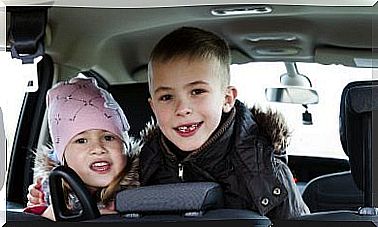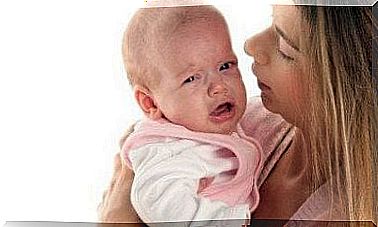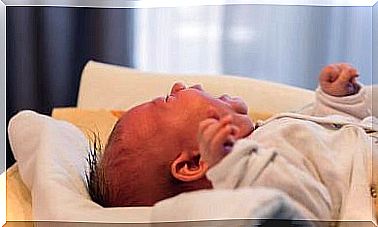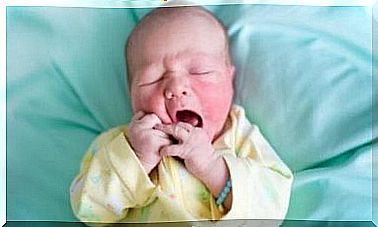Lactose Intolerance In Babies And Toddlers
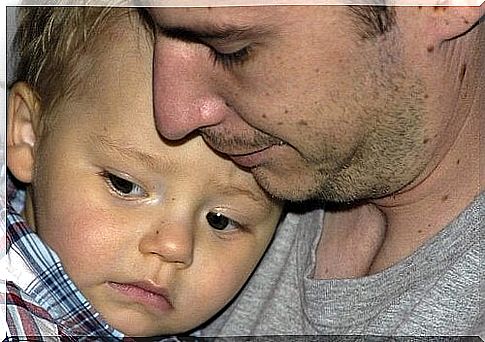
To recognize lactose intolerance in babies early, it is important to be vigilant. This is the quickest way to discover any symptoms.
Lactose intolerance in babies is most commonly manifested through acute diarrhea. Abdominal pain and a visibly overstretched and bloated stomach also occur from kindergarten age.
According to Dr. Sylvia Cruchet’s intolerance is one of the most common reasons people see a gastroenterologist. She specializes in this medical field and the nutrition of children.
Indications of lactose intolerance are: liquid stool, an overstretched stomach, gas and a bloated stomach. There are also abdominal pain, intestinal colic or irritable bowel symptoms.
In children under 2 years of age, the excretions can also be very acidic. These in turn cause sores around the anal area. The stool then smells sour, sometimes even like vinegar.
Diarrhea, says Dr. Cruchet, in general, is the most important factor in connection with lactose ingestion. It is usually the first to point out lactose intolerance in babies.
It is therefore important to check that if you omit lactose, the diarrhea subsides.
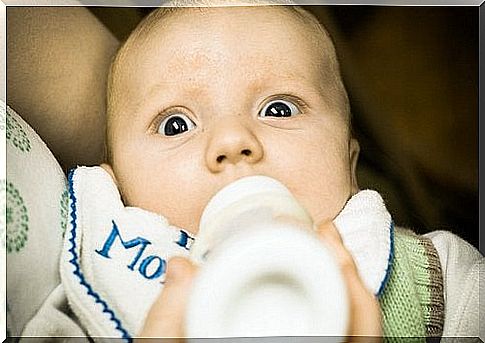
What is lactose?
Lactose is proportionally the dominant type of sugar in milk. Experts say the main cause of intolerance is the body’s inability to digest the lactose. To digest means to break it down into its constituent parts. Lactose is made up of glucose and galactose.
This deficit results from a lack of lactase. Lactase is an enzyme (a protein) and is produced in the small intestine.
From a publication by Dr. According to Cruchet, 80% of the world’s total population is lactose intolerant. This can be more or less pronounced. Many have symptoms that are reminiscent of irritable bowel syndrome.
She emphasizes that lactose intolerance is a type of food intolerance and is 5-10 times more common than allergic reactions.
Large amounts of lactose
Lactose is part of breast milk from the end of pregnancy and through the entire breastfeeding period . This applies to all mammals.
Lactose is the main source of carbohydrates for newborns – including premature babies. Breast milk contains approximately 7% lactose. Compared to other mammals, that’s a lot, because cow’s milk, for example, only contains 4%.
Cow’s milk can still serve as a substitute for breast milk if it is only slightly available or not available at all.
There are several types of lactose intolerance:
- congenital lactase deficiency
- Primary or late-onset lactose deficiency
A congenital lactase deficiency is very rare and probably genetic. In this case, symptoms already appear at birth.
One symptom that indicates this type of lactose intolerance in babies is diarrhea that occurs immediately after feeding breast milk for the first time. The same goes for cow’s milk or other products that contain lactose.
These children are otherwise healthy and have healthy appetites as well. However, signs of dehydration and acidity in the stomach then appear relatively quickly.
If not treated appropriately, secondary malnutrition can result. Stopping the absorption of lactose will, according to Dr. Crochet, however, leads to a rapid improvement in symptoms.
In contrast, primary or late lactase deficiency is caused by the normal reduction in the enzyme in the intestinal lining.
This type of intolerance occurs after weaning. A high proportion of the population suffers from it. The reduction in lactase occurs early in life (between the first and third years of life).
Lactose intolerance can increase in parts of the world where hygiene standards are low. Repeated infections of the digestive organs and malnutrition are the cause.
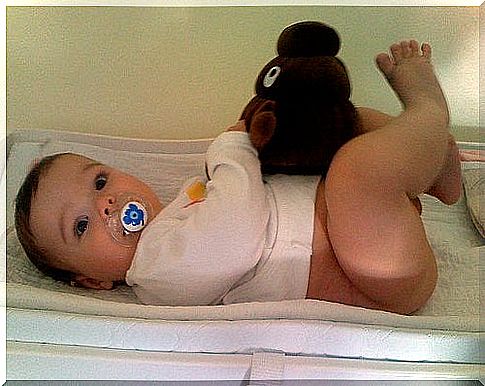
Diagnosing lactose intolerance in babies
According to Dr. Sylvia Cruchet is most often diagnosed with lactose intolerance by the pH level and certain substances in the stool.
This is a relatively inexpensive method that is also available in most clinical settings.
This type of diagnosis is very helpful in children. In adults, however, the results are less reliable.
An alternative test method is the hydrogen test, in which the exhaled air is analyzed. To do this, however, children must be old enough to blow into a tube.


